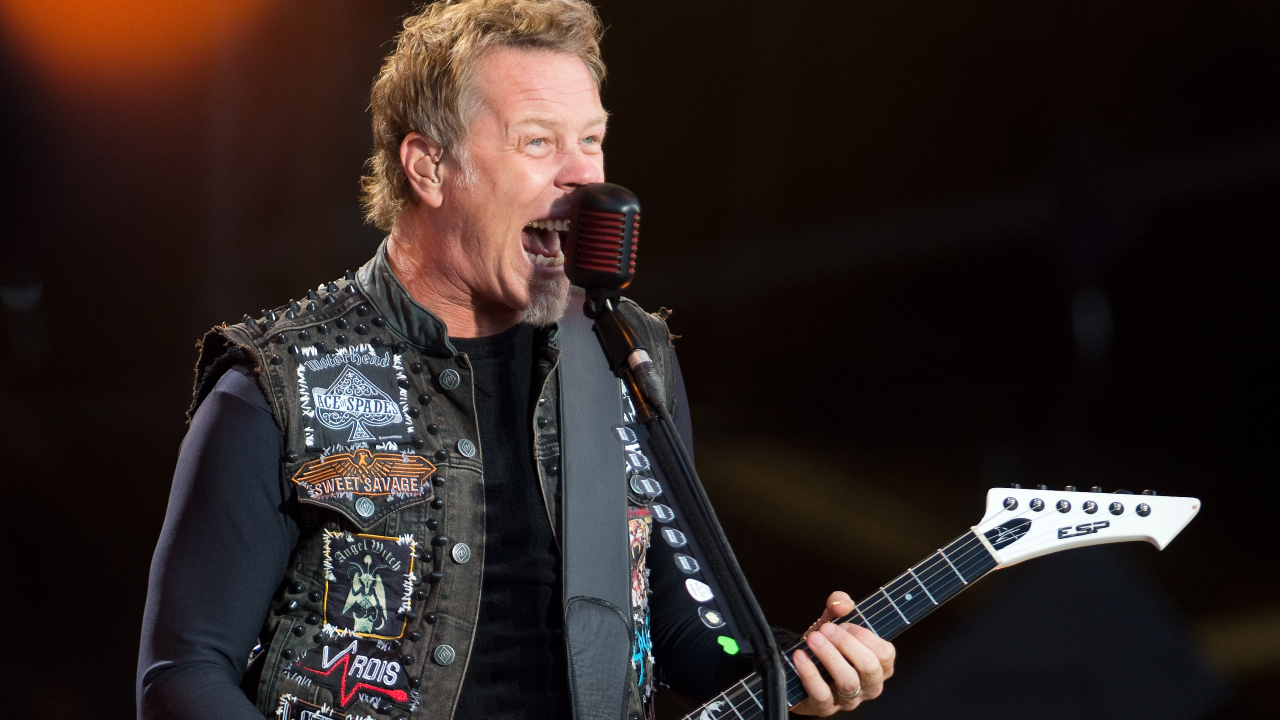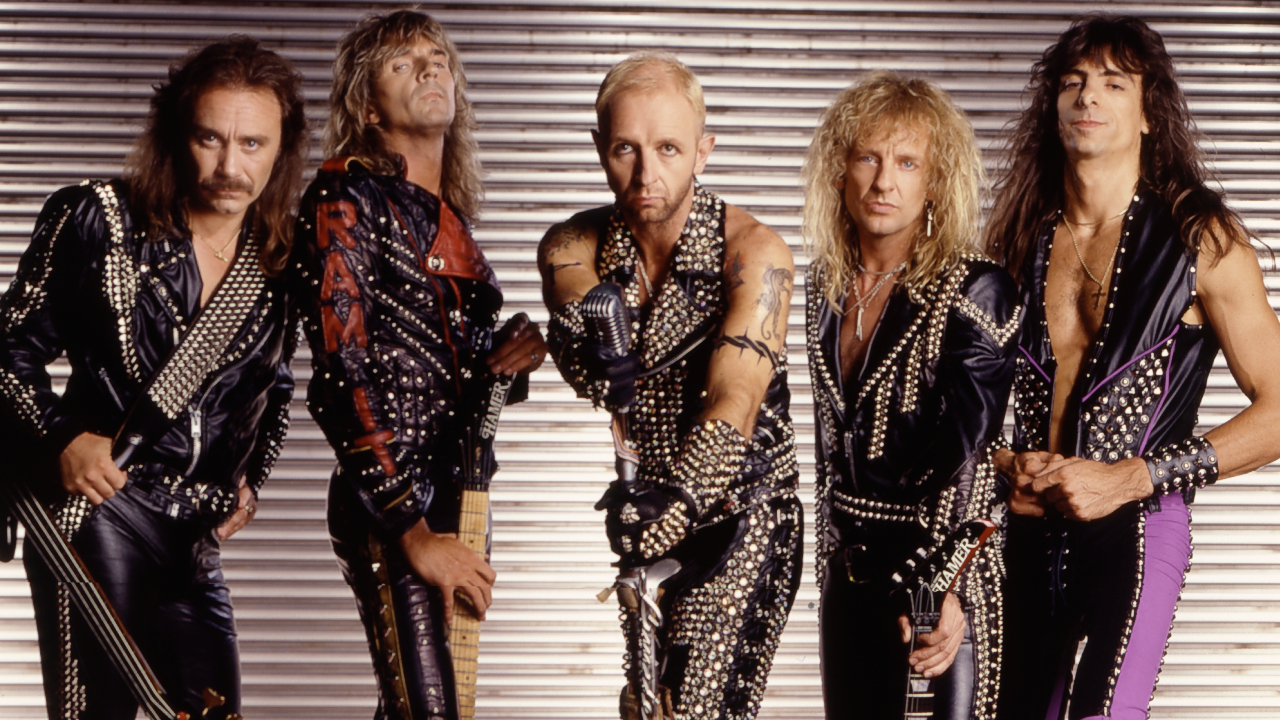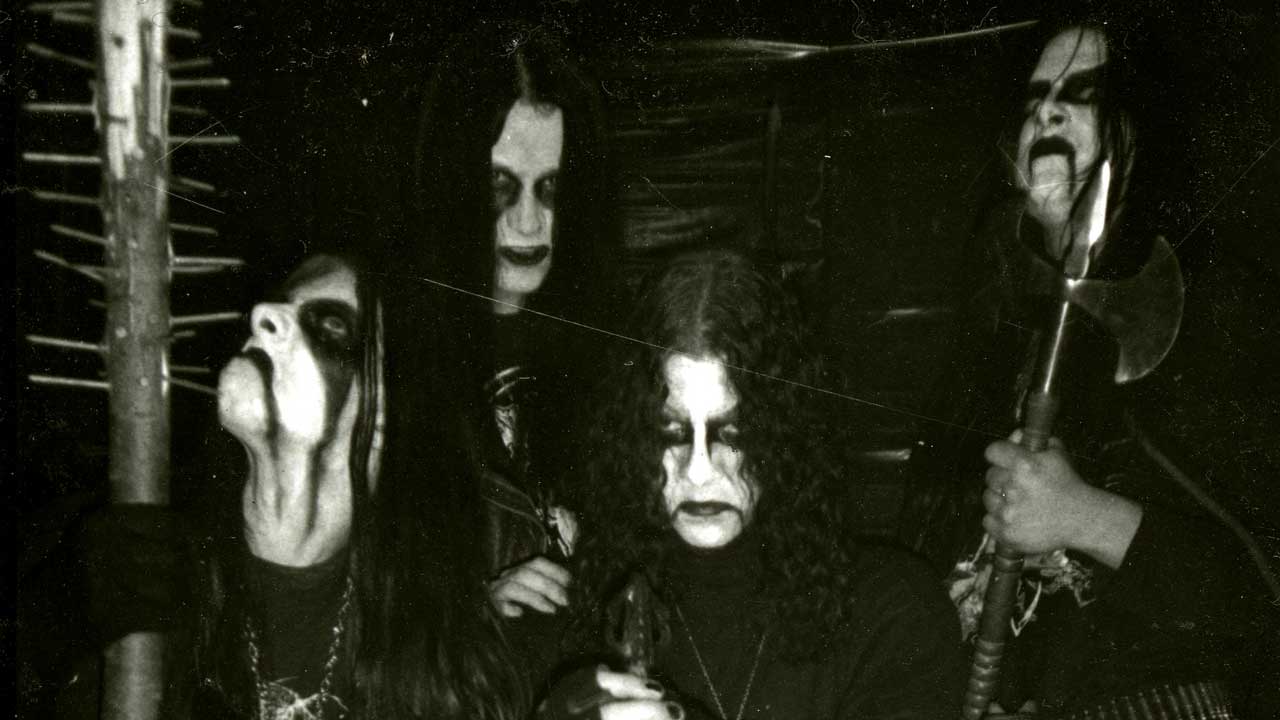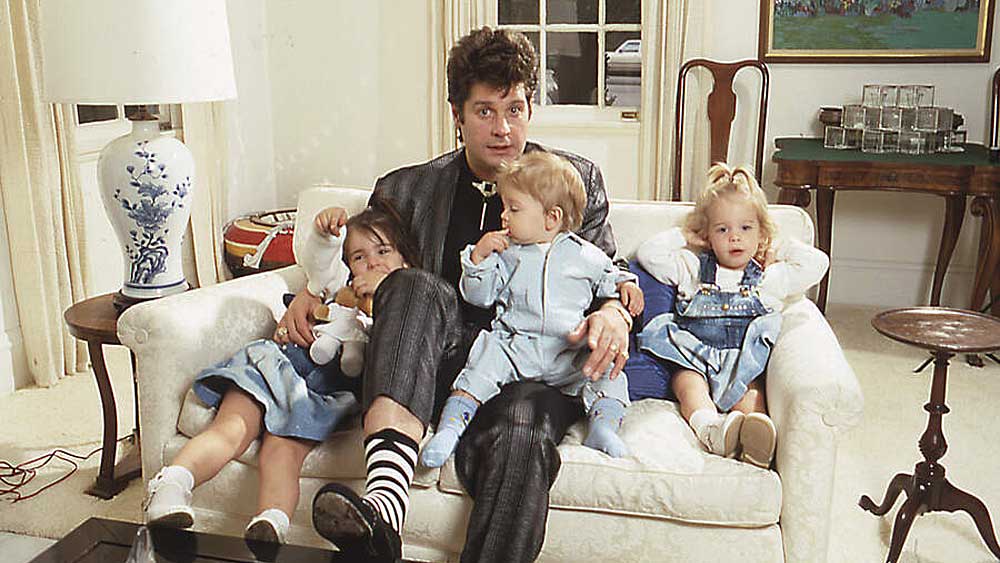“The ultimate anti-everything symbol”: How heavy metal found its fashion sense
From denim vests to bullet belts and drawer after drawer of black t-shirts, this is how metal music developed its signature dress code

Heavy metal fashion has become as distinct as the screeching guitars and thunderous drums that define its songs. When you walk down the street wearing your patched-up denim jacket and favourite black t-shirt, it doesn’t matter what band logos you’ve emblazoned all over yourself: every passerby will know from a mile away that you like your music intense in volume and obnoxious in spirit.
As much as some fans pretend that metal is immune to conformity – so much of its appeal comes from how it rejects the prevailing order, expectation and tastes – it’s still one of the largest subcultures on planet Earth. That popularity will inherently, and paradoxically, bring with it its own rules and hallmarks of ‘belonging’. But how did ours specifically become what they are: not just the black and the denim, but the leather? The corpse paint? The bullet belts and the patches?
Back in 2017, Classic Rock interviewed Tom Cardwell, a university lecturer who was pursuing a PhD with a thesis about ‘battle jackets’: the metal mainstay of sleeveless denim vests covered with patches dedicated to the wearer’s favourite brutal bands. He explained that the genre’s fashion sense has its roots in the 60s’ rockers, bikers and psychedelic circles, which were peaking while such proto-metal bands as Black Sabbath and Deep Purple were finding their feet.
He said: “Both the ‘uniform’ style jackets of the patch clubs – for example, the Hells Angels – that formed post-World War II and the more freely customised leather jackets of the rockers have strong similarities with metal fans’ jackets. There was probably also an influence of the 1960s psychedelic counterculture as this also featured patches sewn onto garments, and the hippie music scene filtered into the beginnings of heavy metal.”
A later but equally impactful inspiration for metal’s appearance was the 70s punk rock scene. Photos of punk musicians back in the day sporting denim vests, covered with rebellious slogan pins while screaming into microphones, are incredibly common, and it’s easy to see the throughline from such images to the vibe of a grassroots metal concert.
In 2016, Metal Hammer spoke to Joe Petagno, who designed ‘Snaggletooth’, the now-iconic mascot of Motörhead. The gruff trio famously bridged the gap between punk and metal with their no-nonsense, rabble-rowsing songs, and their leader Lemmy often said he felt more kinship with punks than metalheads.
When the singer/bassist came to Petagno in search of a standout design, he wanted something biker-inspired that could go on the back of a denim vest. What Petagno created, a hybrid boar/human skull, mixed the deliberate grotesqueness and piercings-heavy faces of punk with a Hells Angels-esque aesthetic.
Sign up below to get the latest from Metal Hammer, plus exclusive special offers, direct to your inbox!
“It was the ultimate anti-everything symbol,” he told us. “I look at it this way, there’s is an inherent urge in most individuals to shout and be heard above the din and frenzy of life, and Snaggletooth is a great symbol for standing firm, resisting, rejecting, refusing and rebelling against anything and everything that is detrimental to one’s individuality.”
Around the same time as Motörhead’s ascent was Judas Priest’s, one of the first bands to willingly identify as ‘heavy metal’. Their leather-filled wardrobe quickly became a defining characteristic of metal fashion, bearing the influence of biker jackets, the leather-and-studs costumes seen in punk, and the contemporary London gay scene (singer Rob Halford famously came out as gay in 1998). Ex-guitarist and founding member K.K. Downing claimed that the outfits were his idea in 2018 memoir Heavy Duty, but he told Rolling Stone the same year that Halford fanned the flames.
“There were a couple of gay guys at the leather shop in London and Rob was in his element with these guys fitting him out in all this leather gear,” he laughed. “Gays were already wearing leather in London so it was an easy sell for Rob. He was on board with that but also because we weren’t trying to do that; we were doing the leather-and-studs thing in a metal way. Then he started to design all of his clothes.”
By the early 1980s – at which point the ‘New Wave Of British Heavy Metal’ featuring Iron Maiden, Def Leppard and Venom was in full swing – denim and leather had become codified statements of metal’s fanbase, cemented by a vaunted Saxon song. “Denim and leather brought us all together!” Biff Byford sang during the chorus of Denim And Leather, the title track of his band’s 1981 UK top 10 album.

The leather also fit hand-in-hand with metal’s love affair with black. From its earliest moment (its seminal band are called Black Sabbath, after all), the colour has been in the music’s DNA: a declaration of its rejection of positivity and footing in nihilism, anger and rebellion. If metal is to pop what horror movies are to crowd-pleasing blockbusters, then black is the perfect visual wrapping for it. The grisly and/or demonic mascots often printed onto black t-shirts – the Eddies, Murrays and Snaggletooths – only affirm that anti-establishment standing.
Thrash was one of the first and most successful follow-ups to the UK metal sound, some of its early driving forces – including Metallica, Slayer, Anthrax and Exodus – going on to become some of the biggest bands in the world. Borrowing even more of punk’s raw aggression than Maiden or Priest did, the movement sealed the immortality of ‘battle jackets’ as a metal garment, as well as the controversial bullet belt.
Loved by some and ridiculed as over-the-top even by metal standards by others, the bullet belt is undisputedly a signature of thrash. In metal, its earliest wearers were the aforementioned Motörhead, and it had had its place in British punk beforehand, but it’s the likes of James Hetfield and Dave Mustaine sporting it in the early 80s that appears to have sparked imaginations the most. The item became such a necessity for bands that Max Cavalera, co-founder of Brazilian extreme metal idols Sepultura, made his own out of AA batteries in an attempt to fit in.
Where thrash has the bullet belts and patches, black metal has its corpse paint. Theatrical face paint in music predates the consolidation of metal as a genre – worn by such shock rock luminaries as Alice Cooper, Arthur Brown and Screamin’ Jay Hawkins, plus the iconic Kiss – but the Scandinavian black metal scene’s embrace of it was something different. Classic Mayhem singer Per Ohlin is credited as pioneering facepaint within the subgenre, reflecting a fascination with death that also extended to his stage name (“Dead”) and apparent habit of burying and unearthing his clothes before a gig to seem cadaver-like.

Ohlin’s impact on black metal’s appearance was fast and widespread, with seemingly every Norwegian peer of his smearing their faces with white and black. Some of those acts, most notably Emperor, stopped doing it as quickly as they started, thinking it had become a trend.
“It’s almost frustrating when people have this preconception of black metal as, ‘This is black metal, you are not allowed to do this thing,’” singer/guitarist Ihsahn explained to Kerrang! in 2020. “And that’s the opposite of the format: a black metal artist allowing someone to tell them what to do? Nobody wants that.”
Nonetheless, new black metal acts still emerge with painted faces: a form of self-expression that fans have similarly adopted. Derbyshire festival Bloodstock Open Air has a famous attendee called the ‘corpse paint guy’ who returns for every edition. “Every year I come, these guys always tell me how much they appreciate me,” he said last year.
Another piece of facial fashion that metalheads are keen to imitate is the mask. Popularised by Slipknot with their turn-of-the-millennium ascent, ‘masked metal’ is now talked about like it’s a subgenre in and of itself, with the likes of Ghost and Sleep Token having found arena fame in recent years. With that success comes merchandising opportunities: Slipknot and Ghost replica masks are reliable big sellers, aimed at cosplaying fans.
As the music expands, experiments and develops offshoot after offshoot, there’ll be more and more deviations to the ‘heavy metal look’: nu metal leaders Korn and their sequined jumpsuits are nothing like 70s-era Ozzy Osbourne in his tasseled jacket. But – decades after first being associated with noisy music and still instantly identifiable – it seems that black, leather, denim and corpse paint will always symbolise the genre to the mainstream.
And that’s fine. It still looks bloody cool.

Louder’s resident Gojira obsessive was still at uni when he joined the team in 2017. Since then, Matt’s become a regular in Metal Hammer and Prog, at his happiest when interviewing the most forward-thinking artists heavy music can muster. He’s got bylines in The Guardian, The Telegraph, The Independent, NME and many others, too. When he’s not writing, you’ll probably find him skydiving, scuba diving or coasteering.

